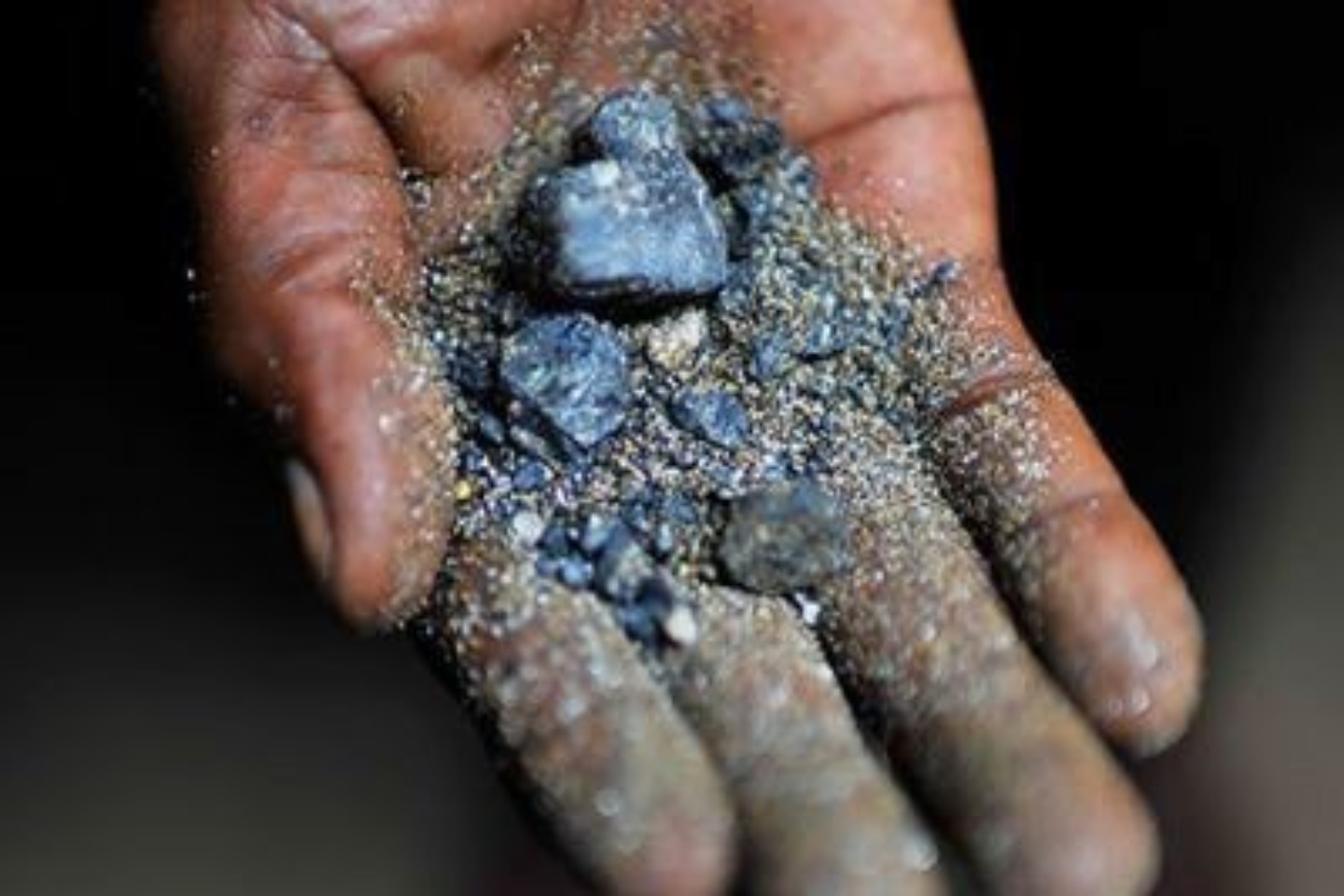Everest Metals Corporation has kicked off a second phase of drilling at its Mt Edon project in Western Australia’s Mid West region as it looks to follow up on positive lithium and rubidium results from its previous campaign.
The company plans to sink up to 10 reverse-circulation (RC) drillholes to test multiple pegmatite targets highlighted from a deep ground penetration radar (DGPR) geophysical survey carried out in April.
A follow-up first-stage drill program in May saw 11 RC holes drilled over 441m, with assays showing results of 40m grading 0.26 per cent rubidium oxide from 49m, including a 19m hit going 0.33 per cent rubidium oxide and 0.1 per cent lithium oxide from 51m.
The Mt Edon lithium-caesium-tantalum project is in the southern portion of the Paynes Find greenstone belt in an area known to host swarms of pegmatites and is considered highly-prospective for lithium, caesium, tantalum, rubidium and rare earths mineralisation.
The company also collected 10 rock-chip samples during mapping and surveying in March and April, with results including up to 3.1 per cent rubidium oxide, 4.6 per cent lithium oxide and 0.34 per cent caesium oxide.
Everest Metals Corporation chief operating officer Simon Phillips said: “The EMC geological team continues to systematically work its exploration program at the Mt Edon Mining Lease. Each program bringing us closer to the source of rich lithium and rubidium which has been shown at surface through our rock chip program.”
In April, the company completed a swag of deals to formally acquire 51 per cent of Mt Edon and the Revere gold project sitting 90km north-east of Meekatharra. The package includes joint ventures with the privately-owned Entelechy Resources across both projects, in addition to farm-in deals and royalty agreements. The arrangements allow Everest to move towards fully owning both operations.
Earlier this month, the explorer’s stock jumped 50 per cent after it revealed that three deep diamond holes drilled to follow up newly-imaged targets at Revere suggested 8.5km of continuous mineralisation up to 5.7 per cent copper and 4.2 per cent zinc.
Management says initial spot X-ray fluorescence (XRF) results and logging suggests a copper-gold system similar to Sandfire Resources’ world-class DeGrussa mine, which is 55km away and along strike. DeGrussa produced successfully for 10 years and is widely regarded as one of Australia’s highest-grade copper mines, with 10.67 million tonnes at 5.6 percent copper.
Everest will be hoping the results of its latest drill campaign at Mt Edon will have a similar effect on the market.
Is your ASX-listed company doing something interesting? Contact: matt.birney@businessnews.com.au











